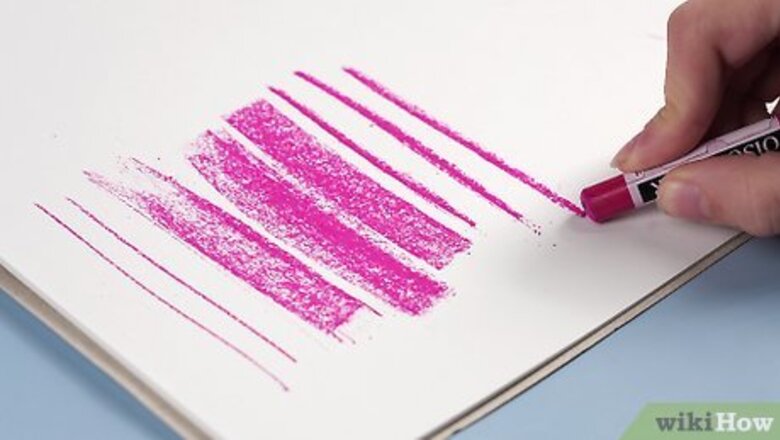
views
- Play around with different grip styles for your chalk pastels. Thin lines are great for linear objects, while thicker lines are great for textured backgrounds.
- Build up your oil pastel drawing with multiple layers of color to add more intensity and depth to your creation.
- Outline your pastel pencil sketch in black, marking the contours of the item you're sketching. Then, build up your drawing with different layers of color.
Chalk Pastels
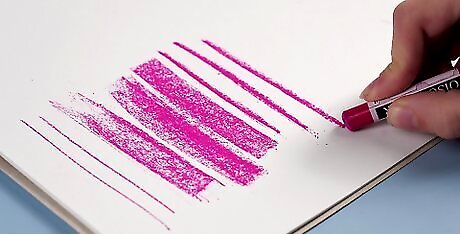
Choose your grip. Experiment with different strokes on a scrap piece of paper first. Hold the pastel at the back end and color with the point or the edge of the tip to make thin, even lines. Press the stick down on the surface lengthwise and move it sideways to create thick, abstract lines. Hold the stick vertically near the tip and you can make thick, rounded markings. Thin lines are useful for linear objects like grass. Thick abstract lines are good for making a textured background. Big, round strokes can make cobblestones or bricks. Clean your pastels, if needed. Pour uncooked rice or sawdust in a box. Put your pastels inside. Close the box and shake it up.
Practice blending. Use a brush to move and blend color evenly. Try a tortillon (blending stump) for more linear blending. Try a lint-free rag for large areas. Use a paintbrush and water to blend a watercolor effect. You can also use your fingers, which can push the pastel further into the grip of the paper. Another option is to use a blender or a paper tissue.
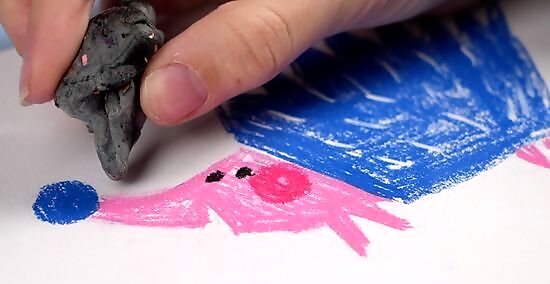
Correct any mistakes. Brush away excess color with a stiff-bristled brush. Rub a kneaded eraser gently over any mistakes. Try carefully scraping off pigment with a craft knife. You may want to practice this first on a scrap sheet.
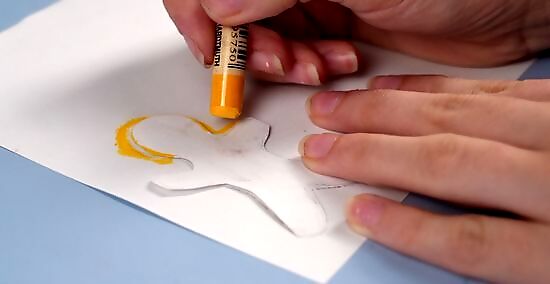
Make stencils. Cut out cardboard shapes. Trace around them with pastels on your drawing surface. Smudge the borders to achieve a “glowing” effect. For example, trace the shapes of Christmas lights or hearts. This is a great project to do with kids.
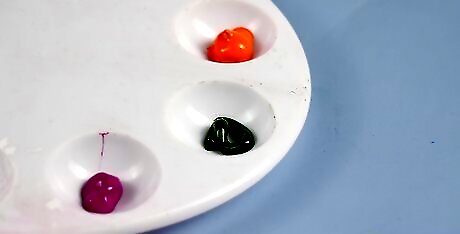
Try mixing chalk pastels with tempera paint. Color a landscape background with your chalk pastels. Dip a finger into tempera paint and rub it over your chalk drawing. Change fingers for different colors. For example, make a sunset or ocean scene with pastels. Then use white paint over it. This technique is fun for children as well as adults, since it combines finger painting with drawing.
Oil Pastels
Layer your drawing. Make the underpainting of your drawing. Then slowly build up layers and colors to create depth and intensity. Add a background last to make your object really stick out with defined edges. For example, draw a loose sketch of a light-colored piece of fruit. Create shading with colors. Finish up with a dark background. Another technique is to make the background first using oil pastel in one direction. Then layer more colors on top. Try both techniques and see which one works best for you! Do not mix too many different colors as it can become messy and muddy.
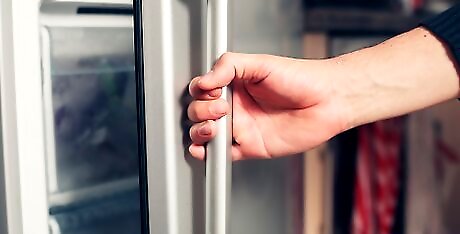
Change the temperature. Put your artwork in the refrigerator for twenty minutes. Then warm your pastels in your hands to achieve better coverage. Use this technique if your paper isn’t allowing you to add more layers.
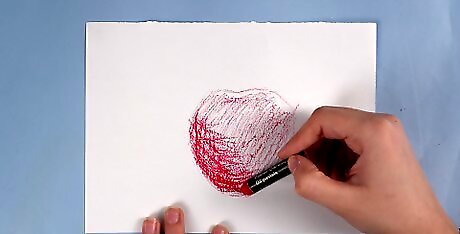
Try different strokes. Draw freehand by sketching with light pressure to the edge of the pastel’s tip. Make choppy, tiny markings to achieve a stippled look. Create “blanket” strokes by making thick, fast squiggles. Use thick, vertical strokes to create hatching. Blanket strokes and hatching work well for backgrounds. Experiment with different strokes and pressure on a scrap sheet.
Blend your work. You can blend and mix colors on your paper or on a palette first. Practice using blending to make shadows and reflections. You can make a final blending with baby oil or other liquids. Try the baby oil blending technique on a practice drawing first. Soak a cotton swab in baby oil. Smooth it over your work to blend. Allow it to dry overnight. Use water for a smooth wash of color. Try turpentine, linseed or other oils for oil pastels that aren’t water soluble.
Pastel Pencils
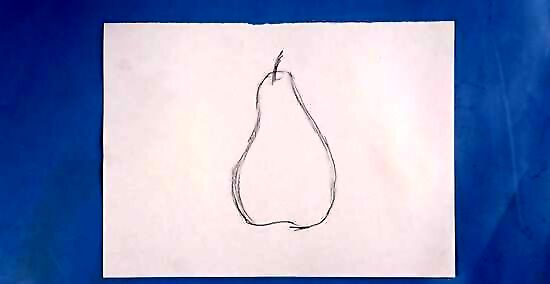
Use a black pencil to outline your work. Make the contours of the objects you’re drawing. Begin sketching loosely. Add a bit more pressure and shading to the areas that will be shadowed. Try practicing this technique for a still life, such as a few pieces of fruit.
Layer on the colors. Color in your main color. For example, if you’re coloring an orange, give the body of the fruit its basic orange hue. Add a layer of darker color. Then apply the main color again. Hold your pencil as you would a regular pencil, or a bit farther away from the tip. See which way is the most comfortable for you. Make sure to work in a way that the edge of your hand is not smearing the pastels that you have laid down. Add accents after you’ve finished the main colors. For example, shades of brown and green for the blossom end of a fruit.
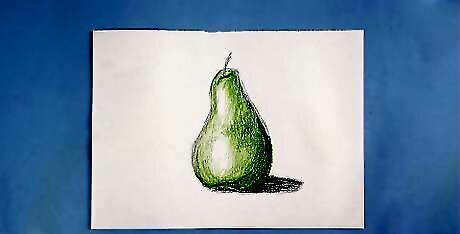
Make highlights and deepen shadows. Add texture and light or “shiny” areas with a white pencil. Use the white pencil in diagonal strokes to develop the background. Add more shadowing under your objects, if desired, with black and/or light blue. For example, define the pores of a lemon with bits of white.















Comments
0 comment